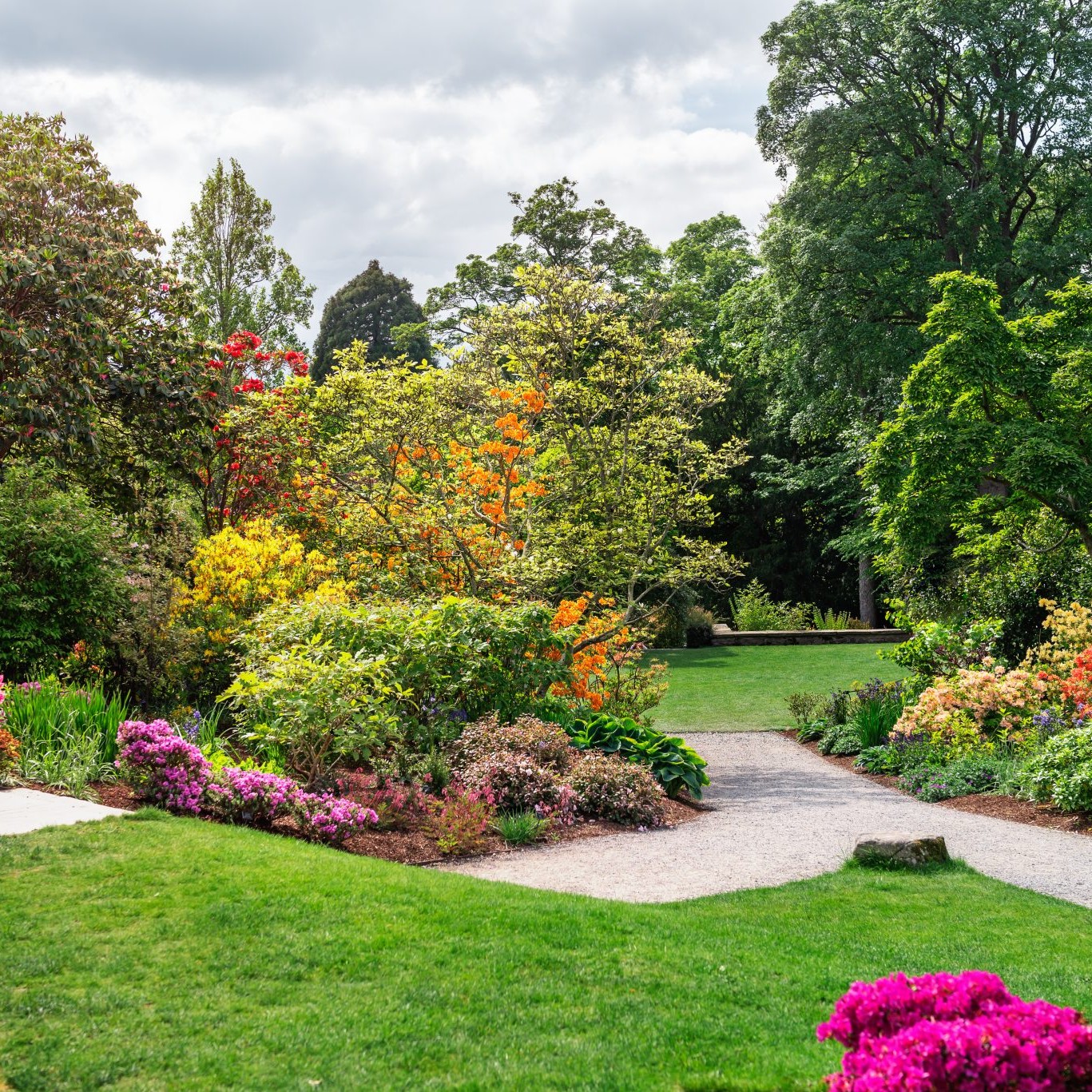As spring arrives, flowers bloom and airborne pollen molecules bring allergy sufferers misery. To kick off the spring season, the Asthma and Allergy Foundation of America released a list of the top 100 U.S. allergy capitals.
Unfortunately for those suffering from hay fever, there is no such thing as a “safe” region (except maybe Antarctica).
Angel Waldron, a spokesperson for the AAFA, says pollen is very difficult to escape.
“We don’t want people to go to extremes and pack up and move from the South,” said Waldron. “You can move from the South to Washington and develop a mold allergy.”
Cities from all different regions across the United States — many with their own specific misery-inducing pollen producers — have made the list. It turns out that Orlando, Fla., is home to a number of oak and cedar trees that have contributed to the city ranking No. 86 on the list.
In Dallas, No. 23, it’s mountain cedar trees and Arizona cypress trees that produce the most pollen. Even the West Coast is well represented, with Los Angeles ranking No.77 due partly to its queen palm trees, and Portland, Ore., ranking No. 98, in part because of its American beech trees.
The AAFA ranked cities based on how much allergy medication people took, the pollen count from last spring and if there was an adequate number of allergists to treat people in the area.
Waldron said after a few seasons of mild winters, the spring allergy season, which is mainly the result of tree pollen, seems to be getting longer.
“It used to be a mid-March to mid-June every year,” said Waldron. “[Last year] there were places in February that had pollen.”
However, if you’re visiting the Southeast, you may want to bring a few extra antihistamines. Nearly all the top 10 spring allergy capitals are located below the Mason-Dixon line, including Baton Rouge, La., Memphis Tenn., and Chattanooga, Tenn.
Jackson, Miss., moved from fourth to first place this year, mainly because of the amount of allergy medications used by the population and the extremely high pollen count from last spring.
Dr. Gailen Marshall, chief of clinical immunology and allergies at the University of Mississippi Medical Center, said he wasn’t surprised to learn that Jackson was the No. 1 springtime allergy capital in the U.S.
“We’re caught in a perfect storm,” said Marshall. “Right now, it’s tree season, and as far as the eye can see [there are] groves and groves of trees. The sheer volume of pollen is huge here.”
Marshall said Jackson’s problems were compounded by being an urban area — where there are more pollutants such as car exhaust that exacerbate allergy symptoms. In addition, with milder winters, Marshall said the spring allergy season was beginning three weeks earlier than expected.
“You can usually predict it. One of the problems is when it starts this early in parts of the country that aren’t used to it, [allergy] symptoms seem like a cold,” said Marshall. “So [patients] go to primary care provider and are mistakenly given things to treat an infection rather than things to treat an allergy.”
While springtime allergies may seem like a fact of life for those used to dealing with hay fever, there are plenty of steps people can take to lessen their symptoms.
Marshall recommends staying indoors when pollen counts are the highest, usually in the early morning and midday hours. The AAFA also advises allergy sufferers to take off their shoes and change their clothes when they come home so they don’t track in pollen grains.
If none of these work, just remember springtime allergy season doesn’t last forever. You just have to survive until summer, which is when the grass allergy season starts.
###
By Gillian Mohney
April 4, 2013
abcnews.go.com
You may also be interested in . . .
Tree Pollen and Pollen Counts Explained
March is here, and so is Spring! Spring has officially started which brings longer days, refreshing rain showers, bright colorful flowers, and of…
Spring allergy relief: Here’s what to try first
New medications and old tricks can help ease that sneezing and sniffling. Sneezing, congestion, runny noses and itchy eyes. For people with seasonal nasal…
Spring Allergy Capitals Announced
There is no place safe from allergies in America, and some cities are more problematic than others. The Allergy Capitals is an annual research project of…

